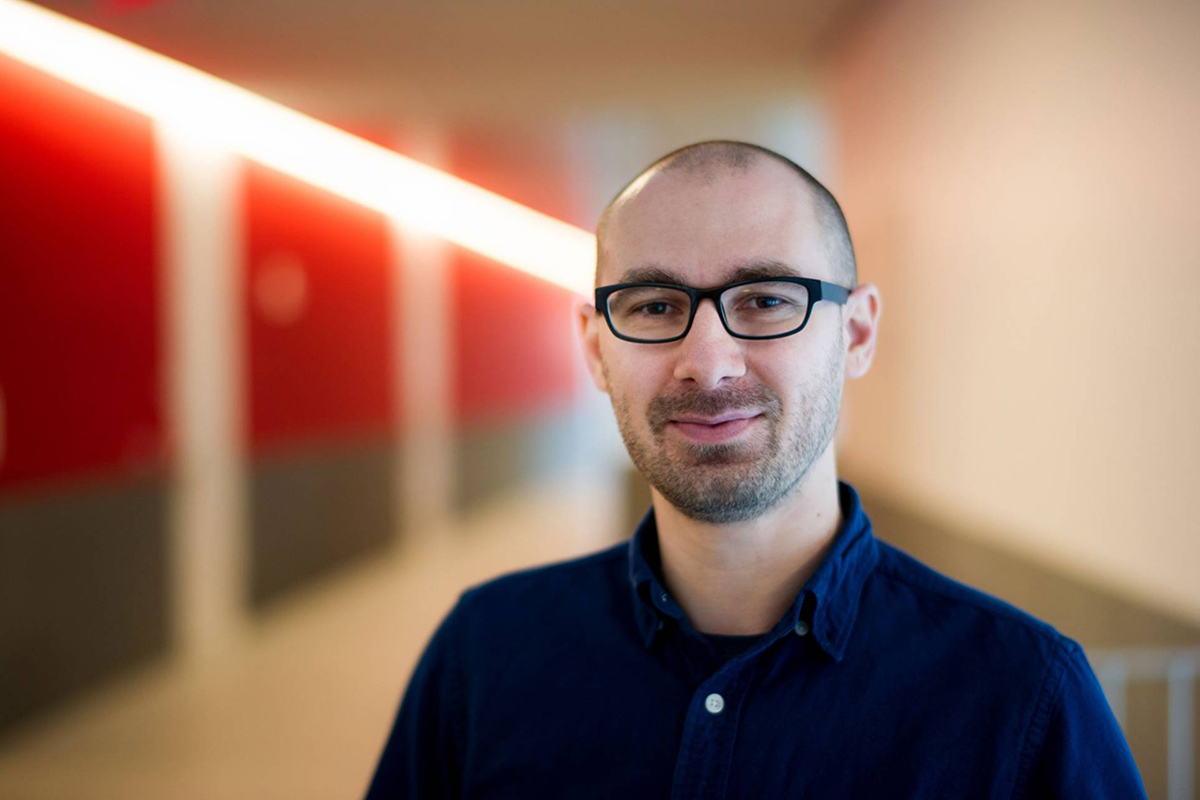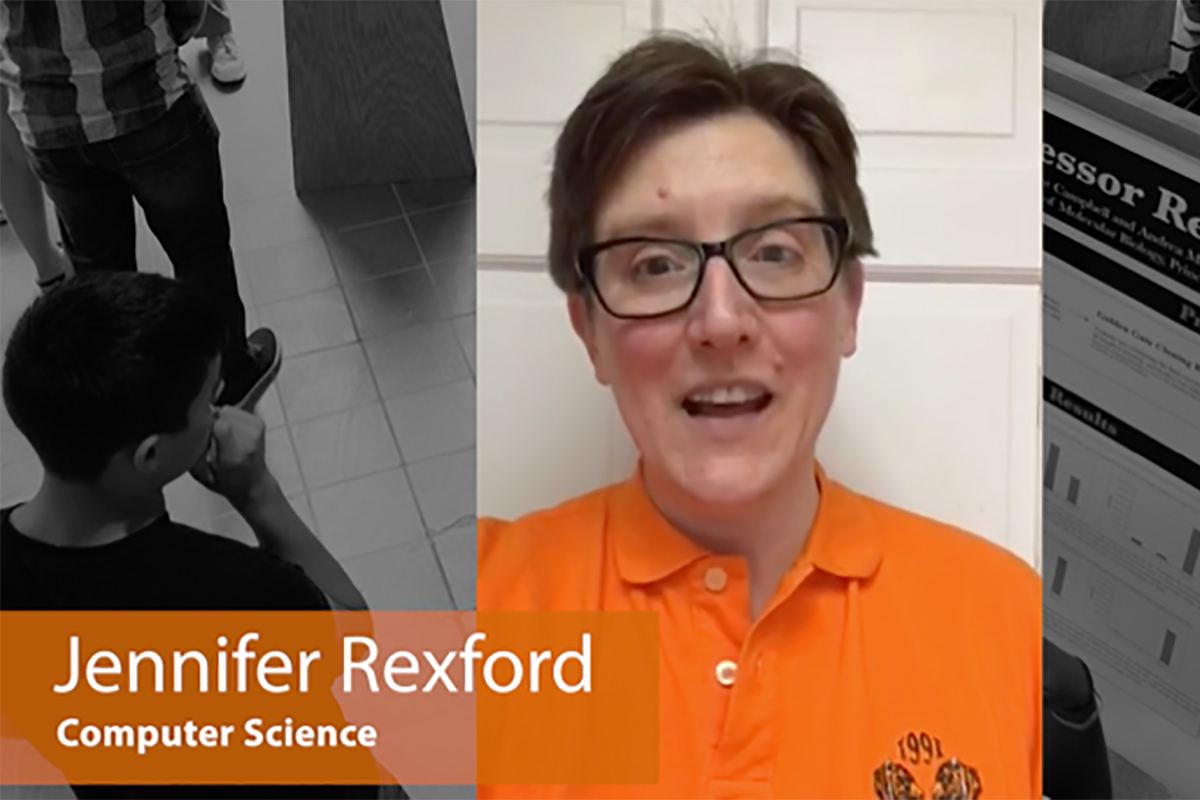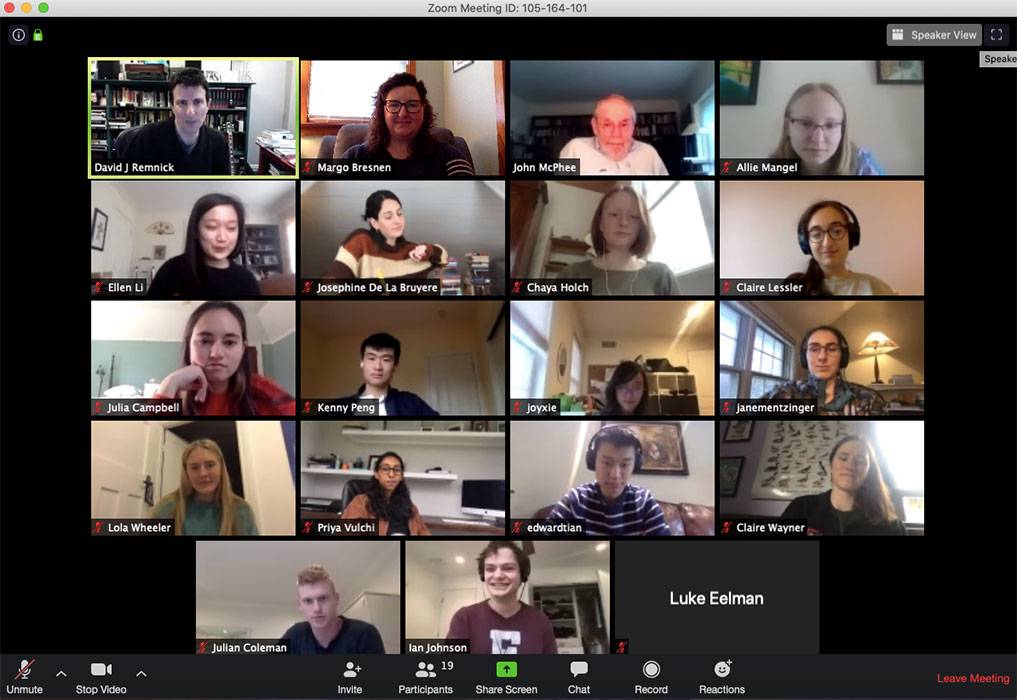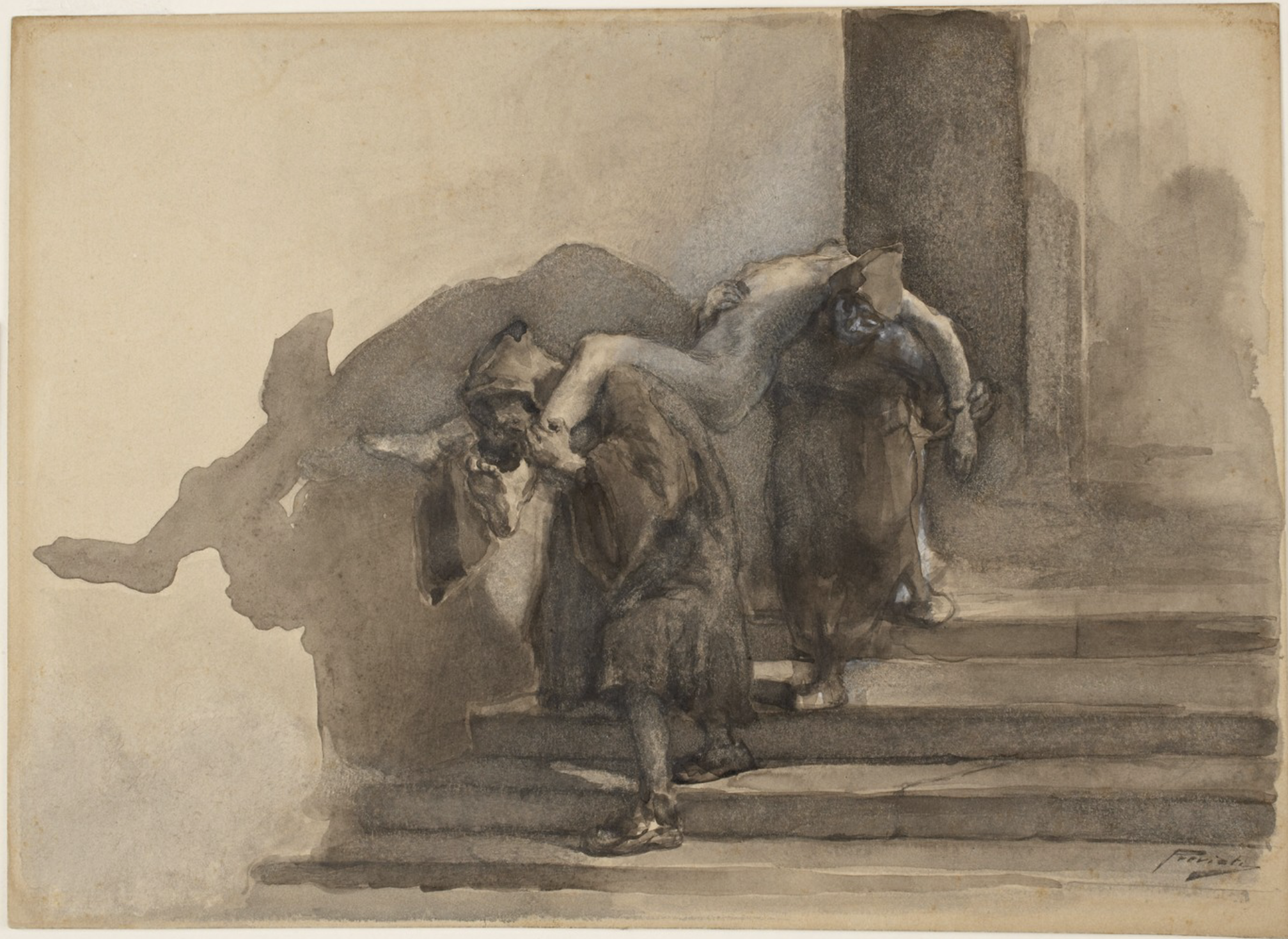
Teachers are always looking for opportunities to make their subject matter come alive for their students, such as linking historical themes and events to contemporary headlines. But João Biehl, the Susan Dod Brown Professor of Anthropology, and Onur Günay, a postdoctoral research associate at the Woodrow Wilson School of Public and International Affairs, never imagined that would be the case for their Medical Anthropology class, which originally was constructed to explore how anthropology and the humanities deepen the understanding of illness, healing and care.
The class began just as COVID-19 began to spread to the United States, and once Princeton shifted all instruction online as a result of the virus, the instructors revamped their syllabus, adjusted to Zoom lectures, and encouraged students to think creatively about the current pandemic.
“Drawing from history, critical theory, ethnography and the arts, the course became a vital forum for students to grapple with the multifaceted medical, social and political-economic challenges brought on by the COVID-19 pandemic,” the instructors wrote in an online article. “A significant number of students used humanistic lenses and artistic tools to explore how the COVID-19 pandemic is impacting the politics of public health, viral economies, caregiving and medical ethics. Critically engaging emergent literatures and media, these groups of two have produced thoughtful audio-visual and artistic projects.”
The students’ creative projects captured the pandemic in thoughtful and personal ways that might serve as documents for future students and academics who study the impact of COVID-19 on 2020 America.
“Plasticity in a Plagued World,” by Rowan Pierson ’22 and Katya Vera ’20
Pierson and Vera had no experience as filmmakers, but they were inspired by Brazilian filmmaker Jorge Furtado’s short film “Island of Flowers,” which used language and syntax to emphasize the forces that perpetuate structural violence in society.
Collaborating via Zoom, the duo set out to create a three-minute film that visually captured how the meaning of basic words was rapidly evolving to reflect COVID-19 related changes in society.
“Not only have our ways of interacting and communicating changed, but even our basic language and vocabulary have begun to shift to better describe our new reality,” Pierson says in the film. “Words such as class, race, cost and essential hold new meanings that help to shape our interactions with our plagued cities and with each other.”
Their blueprint for the short film expanded to 11 minutes as the pandemic itself grew. “It was difficult because we would have a new idea and then have to go back and reframe it,” Vera said. “We kept adding stuff as the pandemic continued — more layers, more layers.”
Vera discovered a photograph of workers carrying a coffin to a mass grave for COVID-19 victims. It reminded her of Gaetano Previati’s The Monatti (above), an 1890s watercolor housed at the Princeton University Art Museum that depicts life during a plague in 1630.
“We had discussed art as a form of cultural expression, especially with medicine and healthcare,” Vera said. “Then later, I was looking at articles, and when I saw the graveyard workers, I was like, ‘This is the same picture as The Monatti — just taken a few hundred years apart.’”
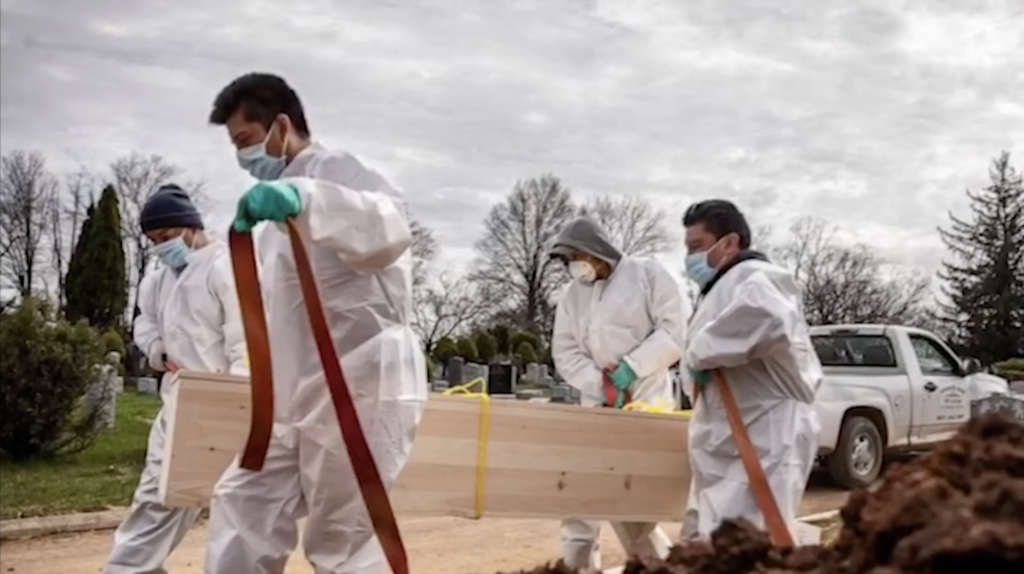
Both students are pursuing careers in medicine, but the class and their film helped them view their plans differently.
“One of the largest things I took away from the class was an ability to dig deeper — whether that’s as a potential physician thinking about the larger systems that govern patient care or the effect that family and community have on someone suffering in care,” Pierson said. “Learning to evaluate those things definitely helped me to analyze my own experience and helped me be able to empathize, to find compassion, to understand everyone’s experiences as we all try to deal with this new normal.”
To watch the film, visit the Plasticity in a Plagued World website.
“Life in the Coronavirus Era,” by Maryam Kamel ’23 and Dolly Lampson-Stixrud ’22
For many people, the most striking memory of living through the pandemic will be the silence and the literal emptiness that accompanied the quarantine. Kamel, who lives near Syracuse, New York, and Lampson-Stixrud, who is from Tacoma, Washington, curated an online photo gallery that captured that stillness as different communities around the world locked down.
What they learned in Medical Anthropology and what they discovered in the course of creating their art project changed their initial concept. “Originally we wanted to show that a virus does not discriminate in the sense that — similar to a bullet — it doesn’t matter what your citizenship, your racial background, or any of your identities are, it will treat you the same,” Kamel said. “Once we got started, we found out that this is a very loaded statement. Yes, it is true that the virus does not discriminate, but there are discriminatory factors that lead to how diseases affect different groups in the population.”
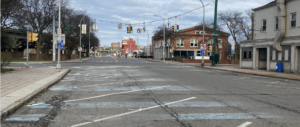
Their gallery depicted how towns like Princeton, international cities, and iconic landmarks responded to the shutdown. For Kamel, the project really hit home — especially the desolate images she snapped of her hometown mall, grocery store and playground. “Often in school you write about things objectively, but we can’t relate or we’re not in the picture,” she said. “With this project, it felt like I was a part of it, my family was a part of it, my community was a part of it, so it was closer to my heart.
“Doing this project was a first step,” she added. “I took those pictures, but how are we going to make a change? How are we going to help? This class encouraged us to not be bystanders expecting others to make a change, but rather to realize that that change has to come from us.”
Click here to visit the Life in the Coronavirus Era online exhibit.
“Urban Vulnerability During the COVID-19 Pandemic,” by Hilcia Acevedo ’23 and Nannette Beckley ’23
After Beckley returned home to Chicago following the announcement that the rest of the Princeton’s spring semester would occur online and Acevedo kept in touch with her family in New York City, they realized they wanted to focus their project on how the pandemic was affecting the most vulnerable populations in large urban areas — especially minorities, the elderly, low-income households and essential workers.
“There weren’t enough discussions about what was happening in cities and how different populations are being affected by COVID-19,” Acevedo said.
“There’s just so much to unpack there that goes way beyond COVID-19,” Beckley added. “One is structural violence which, as we learned in Medical Anthropology, is basically the systemic ways institutions and social structures harm otherwise disadvantaged individuals and limit access to health resources in minority-based communities. It all connects.”
Both students have parents who are essential workers who risked their own health to support others, and they have friends with close relatives who tested positive for the virus. They collected all of these individual experiences into a website that included photographs, blog posts and audio testimonials.
Acevedo asked a friend from East Harlem whose diabetic mother contracted COVID-19 to share what was going on in her mind during a fearful time. Her eight-and-a-half minute recording is a testament to the moment everyone is experiencing, and an illustration of the disparity in urban living conditions and healthcare access.
“It was very scary for her, not knowing whether her mom was going to die,” Acevedo said. “Her story was definitely very emblematic of a lot of other people in this city, living in a cramped apartment where it’s nearly impossible to self-isolate. After all the interviews, I was very much in awe of them, really talking about what it means to be living in New York City during a pandemic. It made me realize just how powerful their individual stories are.”

Click here to hear a recorded testimonial and explore the Urban Vulnerability During the COVID-19 Pandemic online exhibit.


